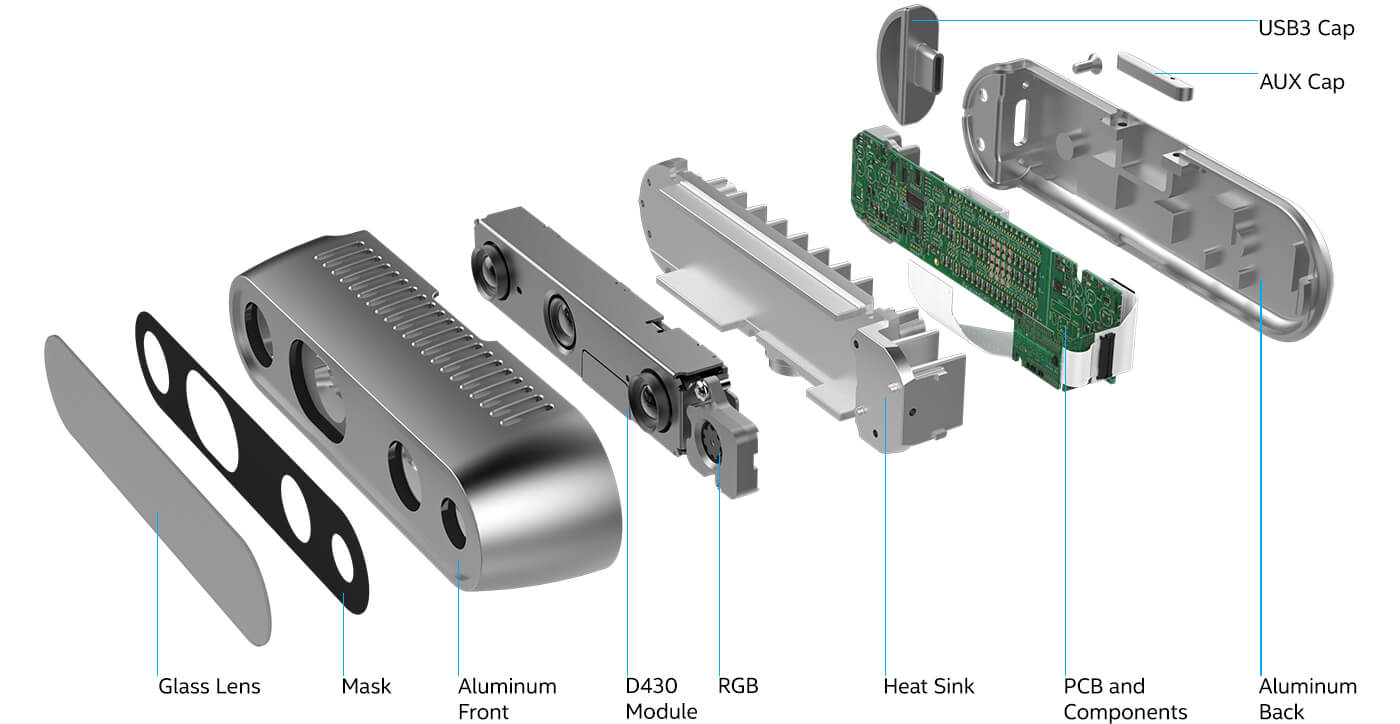This repo provides a detailed tutorial to eye-in-han calibration, eye-to-hand calibration, and downstream grasp execution. The ultimate goal is to build a handy toolbox for either desktop or mobile grasping/manipulation. We will update this repo from time to time to make sure the latest progress is included. Feel free to leave any questions or comments, we are willing to discuss.
- Eye-hand calibration with built-in aruco detecter (for opencv version after 3.2.0)
- Eye-in-hand calibration with
aruco_rospackage (for ubuntu 18.04 with default opencv 3.2.0) - Eye-to-hand calibration with
aruco_rospackage (for ubuntu 18.04 with default opencv 3.2.0) - open-loop planar grasp execution
- open-loop 6-DOF grasp execution
- close-loop planar grasp execution
- close-loop 6-DoF grasp execution
- system: Ubuntu 18.04
- ROS version: melodic
- OpenCV version: 3.2.0
- Robot: KINOVA Gen3 & Gen3 Lite
- Camera: Intel Realsense D435i
- moveit_calibration: master branch
- rviz_visual_tools: master branch
- geometric_shapes: melodic-devel
- moveit_visual_tools: melodic-devel
Make sure you git clone the right branch and put all the packages under the same ROS worksapce.
| Warning to Melodic users |
|---|
OpenCV 3.2, which is the version in Ubuntu 18.04, has a buggy ArUco board pose detector. Do not expect adequate results if you are using an ArUco board with OpenCV 3.2. Jump directly to eye-hand calibration with aruco_ros package. We got your back! |
Moveit provides a convenient eye-hand calibration package. It's a good idea to follow this tutorial step by step.
The whole process includes: start your camera, set tag parameters, print Aruco tag, set context configuration, take at least 5 samples, solve camera pose, save cameras poses & joint states. It uses opencv built-in aruco detector, which is buggy in opencv 3.2.0. We actually tested on opencv 3.2.0 and it gave very bad results.
Take care of which sensor frame you are using. Moveit calibration uses the right-down-forward standard as specified here. You might get totally different frame coordinates before and after loading camera into HandEyeCalibration For Intel Realsesne D435i, we found the frame coordinates of camea_color_frame has x axis pointing outwards while it is forced to z axis pointing outwards after being loaded. For this reason, we suggest using camera_color_optical_frame. Both camea_color_frame and camera_color_optical_frame are not located at camera center since RGB camera is on rightmost side of D534i.
Since the built-in aruco detecter is buggy in opencv 3.2.0, we instead use aruco_ros package. This section details the eye-in-hand calibration with aruco_ros package. First, in addition to the standard pre-requisites you may have downloaded, git clone aruco_ros with the link below:
- aruco_ros: melodic-devel
This package supports single or double aruco tags detection. After compiling the package, generate a aruco tag with appropriate size via this link and print it out. Then edit marker configuration:
cd PATH/TO/YOUR/WORKSPACE/src/aruco_ros/aruco_ros/launch
sudo gedit single.launch
Here we use single aruco tag with markID as 9, marksize as 0.160m, camera_frame as camera_color_optical_frame. The launch file is configured as below:
Run the command below to test if printed marker is detected successfully:
roslaunch realsense2_camera rs_camera.lanuch # launch your camera
roslaunch aruco_ros sinlge.launch # launch your marker detecter
rosrun image_view image_view image:=/aruco_single/result # visualize detected marker
You should be able to see something like:
Then, you may continue to launch you robot. In our case, we run:
roslaunch kortex_driver kortex_driver
For some one who is using the same robot or camera, drivers can be downloaded and installed as below:
- ros_kortex: melodic-devel
- realsense-ros: development
After launching the camera, aruco and robot successfully, you can load HandEyeCalibration in RViz as below:
In HandEyeCalibration, go to Context. Set the parameters as below:
- Sensor configuration: Eye-in-hand
- Sensor frame: camera_color_optical_frame
- End-effector frame: tool_frame
- Robot base frame: base_link
Go to Calibrate. Now, you may start to move the camera around the take some samples and solve for the transform. Be sure to include some rotation between each pair of poses, and don’t always rotate around the same axis–at least two rotation axes are needed to uniquely solve for the calibration. Calibration will be performed automatically, and updated each time a new sample is added. It needs at least 5 sample, but the more the better. You might need to install extra packages for solver if error pops out. Press the save joint states and save camera pose upon getting the result.
For the record, our tf tree is as below:
Eye-to-hand calibration is almost identical to eye-in-hand calibration. The only difference is where to attach the marker and sensor configuration in Moveit HandEye Calibration.
First, attach the marker to the end-effector (shown below), and move the end-effector into the camera's view.
Then, in HandEyeCalibration, go to Context. Set the parameters as below:
- Sensor configuration: Eye-to-hand
- Sensor frame: camera_color_optical_frame
- End-effector frame: tool_frame
- Robot base frame: base_link
Your RViz should look like this:
The rest is the same as eye-in-hand calibration.
To grasp with 4-DoF (2.5d planar grasp), we modify GGCNN to fit our robot and setup (original implementation can be found here). We choose GGCNN becuase it's light-weight and easy to deploy on any machine.
To detect 2.5d planar grasp, run the following commands:
cd PATH/TO/HandEyeCalib-ROS/planar_grasp_ggcnn
roslaunch kortex_driver kortex_driver.launch # start robot arm driver
roslaunch YOUR_HAND_EYE_CALIBRATION.launch # hand-eye calibration from last step, not included here
The commands above first launches KINOVA Gen3/Gen3 Lite dirver and then adds the calibrated hand-eye transform to arm tf tree.
Run modified ggcnn:
conda activate YOUR_GGCNN_ENV
python vis_ggcnn.py
After running viz_ggcnn.py, RGB stream with detected planar grasp will pop out. By default, only the best grasp is shown. Feel free to change --n-grasps to any number you like. Aside from detecting grasps, the code will also publish a rostopic /ggcnn_grasp_pose. This topic includes grasp center(point), quality, angle, length, and depth value. To execute published grasp on your robot, open another terminal, run:
python ggcnn_pickNplace_gen3lite_full_arm_movement.py
It subscribes to /ggcnn_grasp_pose, converts the received grasp from camera frame to robot frame, and executes the grasp.
TBA
TBA
TBA







